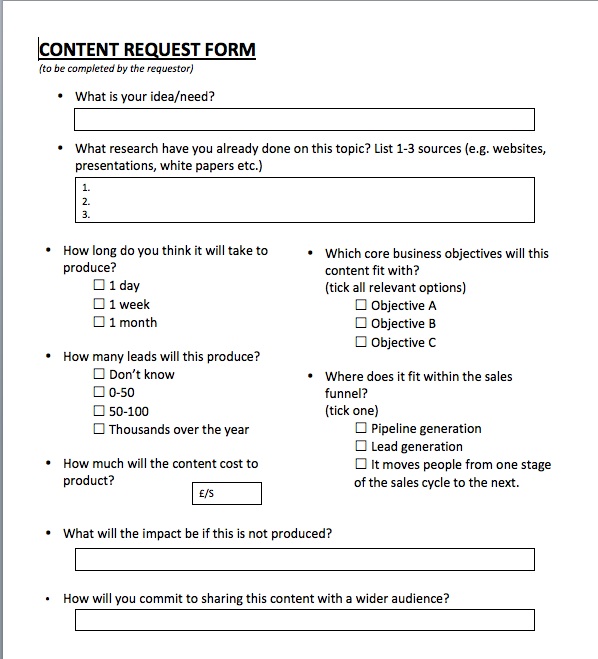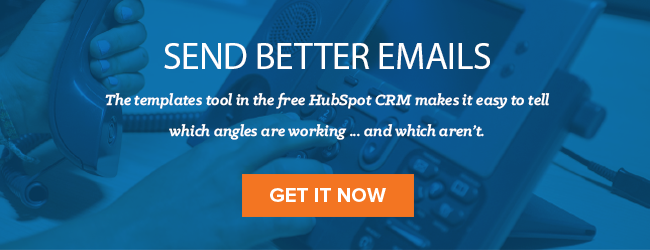As Canada’s major steel mills continue to press for an exemption from U.S. President Donald Trump’s proposed tariffs on aluminum and steel, smaller firms in the industry are “on edge,” struggling to adapt to the volatile flow of information from south of the border.
Though Canada had hoped to secure an exemption for its steel industry, Trump appeared to rule that out on Twitter Monday, stating that the taxes would remain until Mexico and Canada agree to a “new & fair” North American Free Trade Agreement.
Linking the tariffs to the troubled Nafta talks is the latest escalation of the threat, which caught many in the industry by surprise.
“The big concern is how do you formulate a plan?” said Tony Kafato, president of Toronto-based Venture Steel, which processes carbon steel and aluminum for the auto industry and other customers. “You want to have a strategy and you want to be ready but it’s happening so quickly and so much depends on what format it takes. So obviously we’re on edge.”
The United States has provided no concrete detail on when the tariffs will take effect or whether they will apply to certain products or the entire steel and aluminum categories. That’s left Canadian firms in a “wait and see” mode, with some holding off on investments until the fog clears, said Demetrius Tsafaridis, whose Burlington firm CareGo sells steel storage and logistics technology to companies on both sides of the border.
While confidence among his Canadian customers is mixed, there has been a noticeable uptick in spending among U.S. producers following not just the tariffs but the introduction of an aggressive package of U.S. tax reforms that slashed business taxes to 21 per cent from 35 per cent, he said.
“Trump’s created a lot of chaos but all these things have definitely given the American companies the confidence to spend,” Tsafaridis said in an interview. “Whereas in Canada, certain people are investing and certain people are holding off.”
Kafato’s Venture Steel sells 60 per cent of its processed carbon steel and aluminum to the auto industry, employing 200 workers in Toronto, 20 workers in Buffalo and 35 workers in Monterrey, Mexico. The supply chain of his industry is so seamlessly integrated that no one within it considers steel produced in any of the NAFTA countries “foreign,” he says.
“Folks talk about imports and exports but if its made in Canada, the U.S.A. or Mexico, we tend to refer to it all as domestic metal,” he said. “When we talk about offshore imports we’re usually referring to imports from outside North America.”
Though the company is interested in growing within Canada, Kafato sees more opportunity in the U.S.
“There’s more upside and more growth in the market south of the border than there is in Canada right now,” Kafato said. “There are new car plants, new auto plants, assembly plants going into the U.S. There’s infrastructure spending. We haven’t seen a new automotive plant in Canada in I can’t remember how long.”
Despite Trump’s latest missives, Canada’s large integrated steelmakers are still working with government officials to put forward a case for exemption from the tariffs of 25 per cent on steel and 10 per cent on aluminum imports, said Joe Galimberti, president of the Canadian Steel Producers Association. Each company in the association, which represents producers including Hamilton-based Stelco Holdings Inc. and ArcelorMittal Dofasco, is likely to be affected differently depending on their business models and links to the U.S. market, he said.
“I can tell you that tariffs of 25 per cent on steel and 10 per cent on aluminum will certainly put Canadian producers at a competitive disadvantage,” Galimberti said.
- Metal producers stay firm in positions on U.S. tariffs and NAFTA negotiations
- Goldman rips into Trump's metal tariffs as BHP laments move as a 'black day for the world'
The U.S. tariffs also raise concerns that foreign steel originally destined for the United States will be diverted to Canada, which could further damage the market if it’s sold at a discount, he added.
The affects of the tariffs could echo through long established supply chains in which raw materials and finished products criss-cross the border multiple times.
Each year, the Hamilton Port Authority ships out over 5 million tonnes of steel made at neighbouring Stelco and ArcelorMittal Dofasco and receives over $1 billion worth of raw materials for steelmaking such as iron ore and coal from the Ohio Valley. A 50 per cent drop in production at the two Hamilton mills would translate into a 2.25 million tonne decline in total volumes of 10 million tonnes at the port, said Ian Hamilton, president of the Hamilton Port Authority.
“This is a highly integrated industry,” he said. “So what we are hoping for is that common sense will prevail here.”
Benchmark prices for hot-rolled coil in the U.S. have already hit US$800 per tonne, up $215 since mid-October, marking a seven-year high, according to a research note from BMO Capital Markets. That’s pulling up prices in Canada too.
RJ Steel, a Windsor-based steel fabricator, is already struggling with price increases from suppliers. Between November and December prices shot up 5 per cent, causing problems for the manufacturer of railings and construction materials, said Ryan Jordan, the company’s president.
“It really complicates things when I’m quoting a job,” he said. “Now if I’m pricing something that won’t start for four months, I feel like I have to cushion myself in case prices go up again. And you know, sometimes that means I lose the job because 5 per cent or so can make all the difference.”
• Email: npowell@nationalpost.com | Twitter: Naomi_Powell
























































